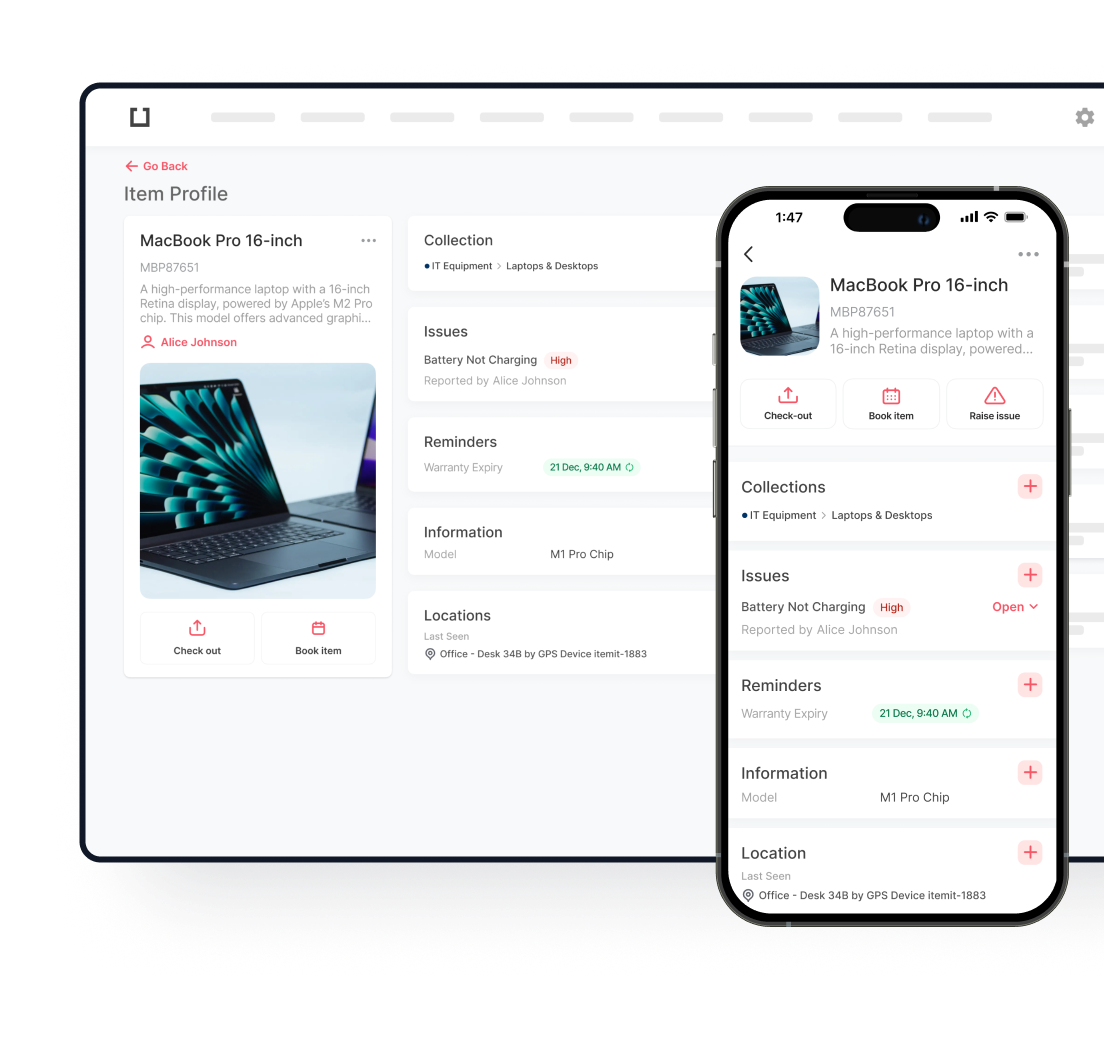
Efficient stock management is the foundation of a strong supply chain. Businesses depend on effective inventory management to carry out tasks without interruption, avoid understocks, and control holding costs. Still, even highly structured supply chains have some uncertainties like sudden increases in demand, supplier lags, or external factors like logistics issues. This is where buffer stock becomes a critical safeguard.
Buffer stocks are also called safety stocks, as they help maintain the supply and demand balance for a particular item by compensating for changes in the market. It acts like a barrier that protects the company from unexpected changes in the market that could threaten its operations. Proper and efficient buffer stock management by the companies goes a long way in lowering risks, increasing service standards, and contributing to better operational performance in the supply chain.
In this article, we focus on buffer stock and how it relates to supply chain management in an effort to explain how companies can better control costs without compromising availability. We will discuss what these advantages are, how to calculate them, and how to implement them so that your supply strategy is flexible but not excessively costly.
What is Buffer Stock?
In buffer stock in inventory management, buffer stock means maintaining a reserve quantity of goods beyond regular demand, which acts as protection during unforeseen changes. This acts as a cushion, making sure that supply chain activities continue as planned, without interruptions caused by unpredictable elements, such as a sudden increase in demand, delays from suppliers, or challenges in logistics.
Unlike standard inventory, where stock levels are set based on predictable trends, buffer stock is a proactive safeguard. It prevents stockouts, which can disrupt production, delay deliveries, and frustrate customers. Businesses that effectively manage buffer stock in inventory management can maintain service levels, minimize revenue loss, and strengthen overall supply chain resilience.
The purpose of buffer stock is straightforward:
- Risk mitigation: Protects against supply chain disruptions.
- Demand fluctuation management: Ensures product availability during unexpected demand spikes.
- Supplier delays compensation: Bridges the gap when suppliers fail to deliver on time.
- Operational continuity: Keeps production and fulfillment running smoothly.
By incorporating buffer stock into an inventory strategy, businesses can strike a balance between preparedness and cost efficiency—ensuring they neither overstock unnecessarily nor risk shortages that disrupt operations. Companies that use stock inventory management software can optimize their buffer stock levels more effectively, making data-driven decisions to keep supply chains agile and resilient.

The Role of Buffer Stock in Inventory Management
In an efficiently built supply chain, the stock is adjusted to exactly satisfy customer demand. But real-life situations are seldom easy to anticipate. Problems such as suppliers not delivering on time, unexpected heavy demand, or transportation problems can affect the smoothness of operations. Buffer stock is maintained to address such an issue and enable smooth business operations.
Minimizing Disruptions from Supply Chain Uncertainties
Buffer stock mitigates risks caused by two key factors:
- Supplier Delays: Even reliable suppliers experience delays due to production bottlenecks, raw material shortages, or logistical challenges. Buffer stock compensates for these gaps, ensuring that operations continue while awaiting new stock replenishment.
- Unpredictable Demand Surges: Markets fluctuate, and unexpected spikes in demand can exhaust regular inventory levels. With buffer stock in place, businesses can respond to these changes without scrambling for last-minute solutions or disappointing customers.
Good management in buffer stock reduces delays, improves service dependability, and increases supply chain responsiveness. With proper planning, it is possible to restore the equilibrium between costs and efficiency. The red flags of voiding this buffer stock greatly overshadow the benefits of operating without it.
Benefits of Buffer Stock in a Stock Management System
Implementing buffer stock in inventory management is crucial for maintaining business continuity and customer trust. When strategically managed, buffer stock becomes an essential part of a stock management system, helping businesses mitigate risks while optimizing operational efficiency.
Key Advantages of Buffer Stock
Prevents Lost Sales
Running out of stock during high demand can lead to missed revenue and lost customers. Keeping a safety stock inventory ensures products remain available, even during unexpected surges, keeping businesses competitive and responsive.
Reduces Downtime in Production
Steady inventory flow is fundamental in manufacturing and production. Should raw supplies or components be absent, all activities could come to a stop and result in expensive delays. Acting as a safety net, buffer stock lets manufacturing go on even during disturbances in the supply chain.
Enhances Customer Satisfaction
A well-structured stock inventory management software helps businesses track, manage, and optimize buffer stock levels efficiently. Key features include:
How Buffer Stock Integrates with a Stock Management System
A well-designed stock management system helps businesses monitor, adjust, and optimize buffer stock levels based on real-time data. Key integrations include:
- Automated Replenishment Alerts: Ensures buffer stock is topped up before it runs too low, preventing last-minute restocking struggles.
- Demand Forecasting: Uses historical trends and market analysis to fine-tune buffer stock levels, avoiding excess inventory while preventing shortages.
- Supplier Performance Tracking: Helps identify suppliers with frequent delays, allowing businesses to adjust buffer stock accordingly.
- Cost Management: Optimizes inventory costs by balancing holding costs and supply chain risks, ensuring businesses don’t overstock unnecessarily.
Strategic management of buffer stock combined with stock control systems helps companies negotiate uncertainty with confidence, preserving efficiency and control of costs by means of integration.

Buffer Stock vs. Safety Stock: What’s the Difference?
Though sometimes mistaken, buffer stock and safety stock have separate purposes in inventory control. Though employed in distinct contexts, both assist in avoiding shortages.
- Buffer stock is an additional inventory supply kept by companies to manage consistent demand and supply changes. It keeps things moving even in cases of supplier delays or unanticipated demand rises.
- Safety stock is an emergency reserve used just when demand suddenly surpasses projections. It provides a last layer of protection against stockouts.
How They Fit into Inventory Strategies:
- Buffer stock is used continuously to absorb normal supply chain variability.
- Safety stock is used only in emergencies when demand spikes beyond predictions.
- Buffer stock ensures steady operations by preventing small supply chain hiccups from causing major disruptions.
- Safety stock is a backup plan to protect against extreme demand increases or sudden supplier failures.
Both play important roles in inventory management. Businesses that experience frequent supplier delays or unpredictable demand should carefully balance these two strategies to avoid shortages while keeping inventory costs under control.
How Stock Inventory Management Software Helps Manage Buffer Stock
For those businesses with multiple suppliers, modulating demand, and tight inventory budgets, managing buffer stock manually can seem like a Herculean task. However, modern stock inventory management software resolves this via real-time tracking, automated alerts, and predictive analytics, which ensures that the right amount of buffer stock is maintained without the risks of overstocking or running low.
Key Features That Improve Buffer Stock Management
Automated Alerts for Replenishment
Stock management systems let companies get automated alerts when buffer stock levels fall below a designated threshold. This guarantees correct timing of restocking of inventories, therefore preventing last-minute shortages.
Real-Time Inventory Visibility
Software systems currently offer current inventory levels across several sites. Easy tracking of buffer stock levels by companies guarantees enough supply without storing extra goods.
Demand Forecasting and Analytics
Advanced systems use historical sales data and market trends to predict demand fluctuations. This helps businesses adjust buffer stock levels dynamically, reducing the risk of overstocking while preventing stockouts during peak demand.
Supplier Performance Tracking
Many stock management systems allow businesses to monitor supplier reliability and lead times. If a supplier frequently delivers late, businesses can adjust buffer stock accordingly to maintain smooth operations.
Optimized Inventory Costs
By balancing holding costs with supply chain risks, stock management software prevents excessive stock buildup while ensuring enough buffer inventory is available. This leads to better cash flow management and reduced waste.
When companies use inventory software together with buffer stock management, they can be more flexible and lower operational risks while also staying efficient in a shifting supply chain landscape. Businesses are now able to make better inventory decisions, free from the burden of having to constantly monitor things, thanks to automation and real-time insights.

Practical Tips for Managing Buffer Stock Effectively
Keeping the correct buffer stock level requires balance. While too little runs to stockouts and operating delays, too much results in excess holding costs. To optimize buffer stock, businesses need a data-driven, flexible approach that adapts to market conditions and supply chain dynamics.
1. Use Historical Data to Determine Optimal Levels
Analysing past sales trends, seasonal fluctuations, and supplier lead times helps establish the right buffer stock quantity. Look at patterns in demand spikes, delivery delays, and past stockouts to make informed decisions about how much extra inventory is necessary.
2. Leverage Demand Forecasting
Modern forecasting systems use industry patterns, real-time data, and outside variables, including seasonal demand or economic change, to project future demand. This lets companies proactively modify buffer stock rather than responding to shortages.
3. Regularly Review and Adjust Stock Levels
Buffer stock needs ongoing assessment. Regularly reviewing inventory reports ensures that stock levels stay aligned with current market conditions. If demand patterns shift or suppliers improve their reliability, buffer stock levels should be updated accordingly to avoid unnecessary costs.
4. Monitor Supplier Performance
Reliable suppliers reduce the need for excessive buffer stock. Keep track of delivery accuracy, lead times, and consistency to determine if adjustments are needed. If a supplier frequently delivers late, increasing buffer stock for their products may be necessary.
5. Optimize Storage and Costs
Holding buffer stock comes with storage and capital costs. Just-in-time inventory systems, effective warehouse organization, and automated replenishment systems help to control costs and guarantee supply availability as needed.
Applying these techniques helps companies keep the appropriate quantity of buffer stock, lower supply chain risks, and increase general inventory efficiency without tying off unneeded cash.

Try itemit
Choose a better way to track your assets. Start your free 14-day trial now!

Keep Learning
itemit Blog
Tips, guides, industry best practices, and news.
The Ultimate Guide to RFID Inventory Management
Discover the beginner’s guide to RFID inventory management technology. Learn how to improve accuracy, streamline stock tracking, and boost efficiency today!
A Guide to the Different Types of Inventory Management
Discover the different types of inventory management systems and how each can improve efficiency and accuracy in managing your business inventory.
Understanding the Inventory Tracking Process and Its Importance
Learn about the inventory tracking process and its importance. Discover how it helps improve efficiency, accuracy, and overall business management.


